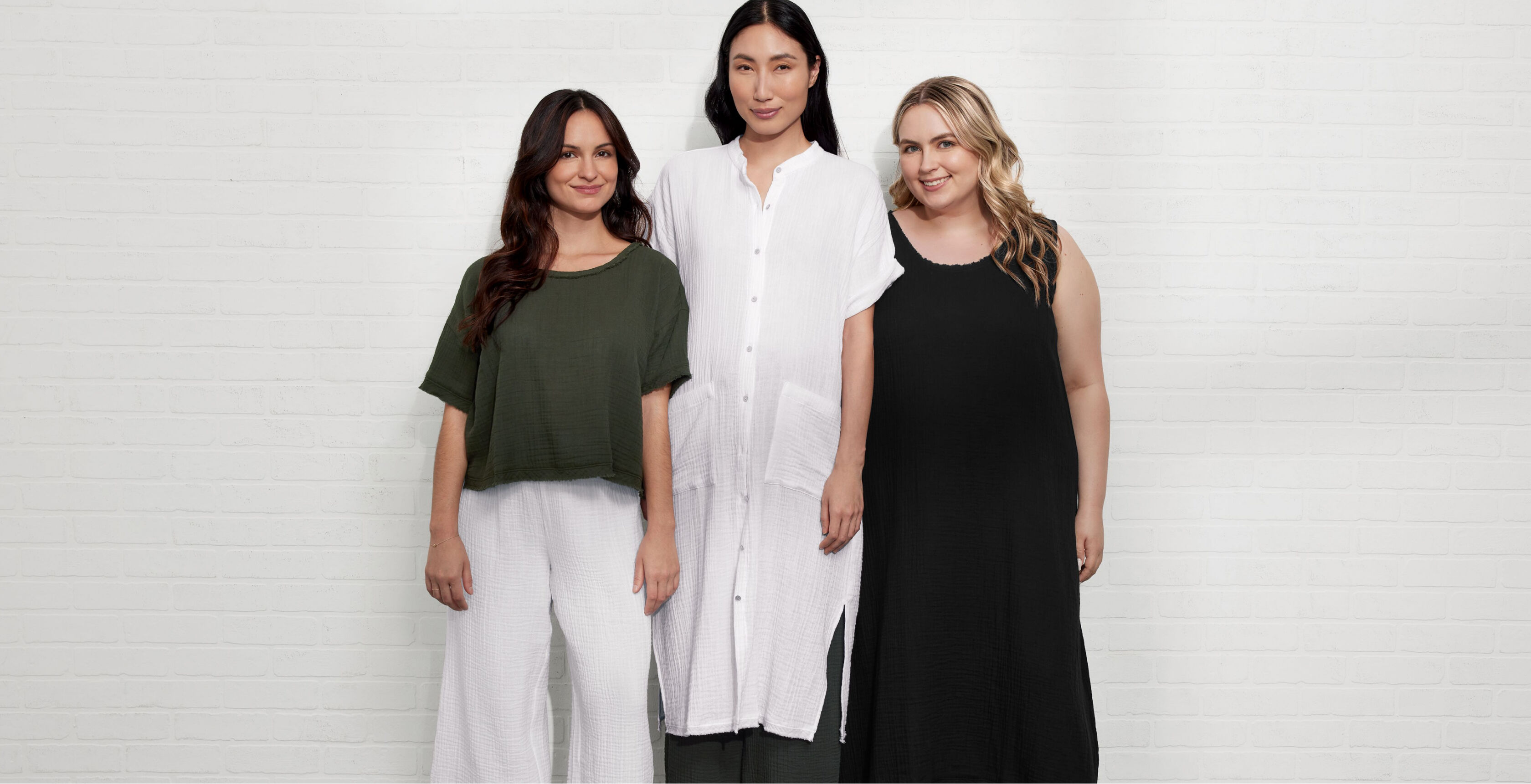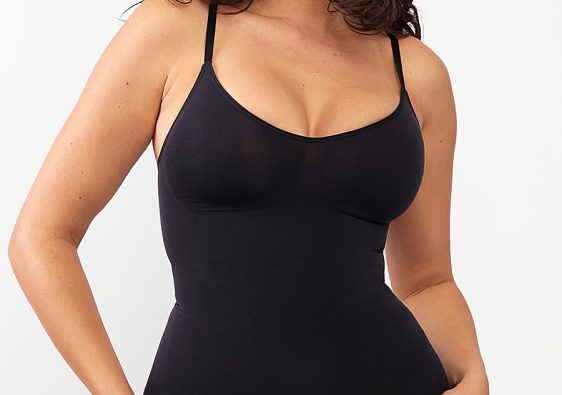We need to be real, for far too long, the fashion world has always acted like only one kind of body-deserved style, The message was subtle and was sent from the boutique sizing charts to glossy runways. If you weren’t straight-sized, you definitively had your fashion choices limited or simply non-existent.
But nowadays, the narrative is changing. We need to talk about the fact that inclusive sizing isn’t a trend, but it’s a movement. And it’s also a necessary shift, and it’s been long overdue.
Fashion is supposed to be about self-expression and it’s also supposed to empower. How can it truly do it when it’s excluding a huge percentage of people? The industry is finally being held accountable and we should be here for it.

Image from: https://www.rollingstone.com/product-recommendations/lifestyle/best-plus-size-clothing-brands-1234878893/
Numbers don’t lie
We need to mention some facts. For example, the average woman in the US wears a size 16-18. And it’s not even considered plus size, it’s just normal. Sadly, for decades anything that was above size 12 was considered curvy, extended and even ignored on the main racks.
The irony is that consumers in those sizes is actually eager to spend. Retail studies show that the plus-size fashion in one of the most underserved and most profitable markets. While the industry is finally catching up and some brands are expanding their sizing, this is often treated as a seasonal PR move instead of a real and meaningful change.
Let’s face it inclusion shouldn’t be a marketing strategy. It’s the bare minimum.

Image from: https://www.wellandgood.com/shopping/size-inclusive-fashion-brands
Representation means everything
When you see someone that has your body type and they are wearing a look you love, then it will be something powerful. It will make you feel that that style was made with you in mind. And it’s a moment that can change everything.
Imagine seeing a model with tights like yours rocking a mini skirt and cowboy boots in a campaign. It’s not just style, it will be giving you permission. To take up space, wear what you want and to stop hiding. This is what inclusive sizing does. It will tell people that they don’t have to shrink themselves to be stylish, as they already are.
Representation isn’t just about offering bigger sizes like a 22 and then calling it a day. It’s also about showing different body types on the website, using diverse models. And most importantly designing clothes with all proportions in mind and not grading up from a size 4 pattern.
Adding on vs. designing for
Assuming that you can just scale up a design made for a size 2 and expect to work on a size 20 body is one of the most common mistakes brands make. But this is not how it works. It will give you waistbands that are too tight, awkward sleeves and proportions that feel off.
Real inclusive sizing means designing intentionally for all sizes. It means listening to customers, bringing in plus-size designers and treating every size range with the same creativity and respect.
Don’t forget that bodies don’t just change in width, they also change in curve, shape, posture and proportions. Inclusive design means taking all of that into account.

Image from: https://www.forbes.com/councils/forbesbusinesscouncil/2022/01/21/your-guide-to-inclusive-sizing-in-fashion/
The emotional impact of being left out
People like to act like fashion is frivolous. But we have all been in the following situation: standing in a fitting room and feeling like we don’t belong. Fashion impacts self-esteem, identity and social belonging. When brands refuse to carry your size, it says more than the item doesn’t fit, it will feel more like you don’t fit.
And eventually, that kind of exclusion will build up over time. And many people will develop complicated relationships with style. Not because they don’t have clothes but because the clothes never loved them back. Inclusivity isn’t just a good business, it’s visibility, healing and dignity.

Image from: https://www.eileenfisher.com/a-sustainable-life/journal/a-simple-wardrobe/the-art-and-science-of-fit.html



